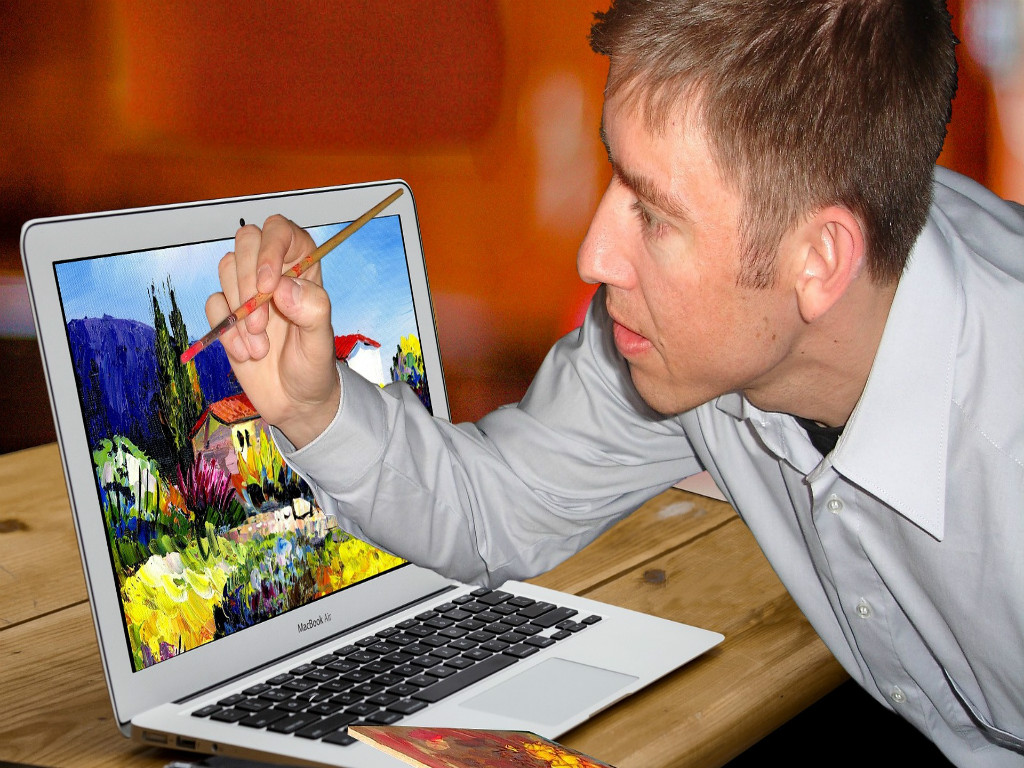The arts have a positive impact on a community.
The arts play a crucial role in the fabric of a community.
The arts transcend our differences and bring us together as a community.
Awesome buzz-words, right?
I do whole-heartedly believe in the above sentiments. I usually say something similar if I’m in a moment of arts advocacy. But if I’m being honest with myself, I’ve never given a decent attempt at investigating how they are actually carried out.
The National Endowment for the Arts (NEA) gives thousands of grants to community arts organizations every year. You can find them all here. I picked four that I intend to use as powerful examples of why the U.S. Government needs to keep the NEA funded in Fiscal Year 2018 and beyond. (Call your Congressional Leaders!)
A VOICE (Pablo, Montana)
A VOICE (Arts Vision & Outreach In Community Education) is a Montana-based nonprofit organization whose primary goal includes fostering the “excitement and confidence in youth”. They have recently received funding from the NEA for the project “Our Community Record Two Eagle River School”.
Two Eagle River School is a Tribal middle and high school serving Native American students living on the Flathead Reservation. Students collaborate with photographer David J. Spear to use photographic technique and visual communication to depict cultural concepts. They travel all over Montana to present their work.
So how does this NEA grant serve the community? Builds awareness for their surroundings. Affirms and encourages students to learn more about their heritage. Gives them an opportunity for expression.
African Caribbean Dance Theater (Tallahassee, Florida)
Every year, the Florida African Dance Festival is organized by African Caribbean Dance Theater, whose motto is “We do more than dance…we dance to live.” The festival is a 3-day conference that supports immigrant artists from Guinea, Senegal, Mali, Cote d’Ivoire, and the Democratic Republic of the Congo.
There are dance and drum workshops for people of all ages and physical abilities, including a wheelchair dance class for people who have limited mobility or balance. There are also vendors who sell crafts, jewelry, clothes, and food. And in the spirit of dancing to live, they also raise money for the American Diabetes Association.
African Caribbean Dance Theater receives grant funding from the NEA for this festival.
So how does this NEA grant serve the community? Helps dancers (amateur and professional) refine their skills. Provides an opportunity for expression through movement, regardless of mobility and balance limitations. Celebrates cultural heritage through dance, music, fashion, design, and food.
POSAM (Pickens, South Carolina)
POSAM, or Preserve Our Southern Appalachian Music, receives NEA grants to help support programs such as Young Appalachian Musicians.
Over 300 students age 8 to 14 from the western ends of Virginia, North Carolina, and South Carolina are given the opportunity to learn traditional Appalachian music. They also learn how to play fiddle, guitar, mandolin, and banjo.
Young Appalachian Musicians offers tuition and musical instrument rental costs at a sliding scale to make the program as accessible as possible.
So how does this NEA grant serve the community? Helps preserve Appalachian musical traditions. Provides positive activities for youth, regardless of financial resources.
Angkor Dance Troupe (Lowell, Massachusetts)
In 1986, the Angkor Dance Troupe was formed by refugees who came to the U.S. to escape the Cambodian Genocide. Over the years, they have become one of the most nationally recognized organizations celebrating traditional Cambodian culture.
They receive funding from the NEA not just because of their pursuit of the art-form but also for employing at-risk youth/young adults in the organization.
So how does this NEA grant serve the community? Serves as an important center for Cambodian-Americans in New England. Preserves traditional Cambodian culture. Provides employment opportunities for community members.
Subscribe via Email
Enter your email address to subscribe and receive notifications of new posts on the first Monday of each month by email.



1 thought on “Who’s Your AudNEAnce?”